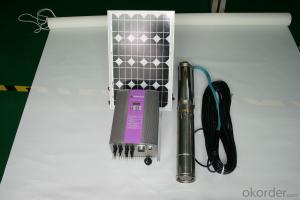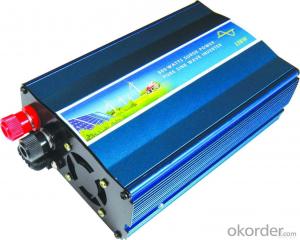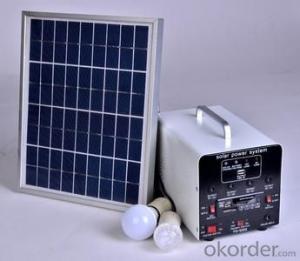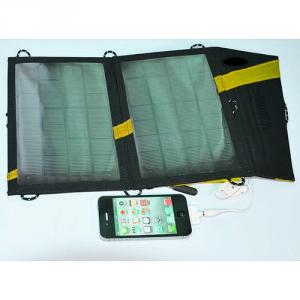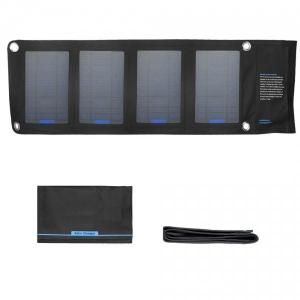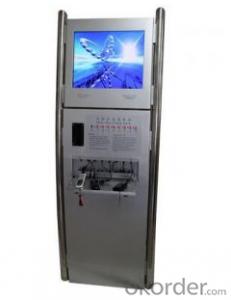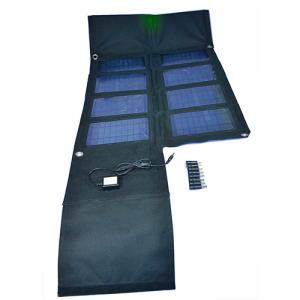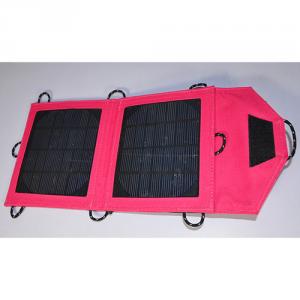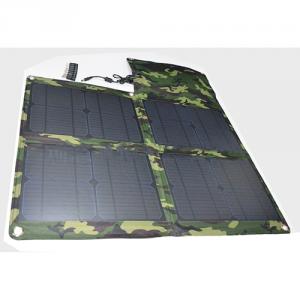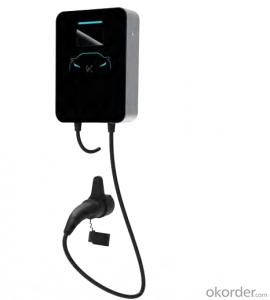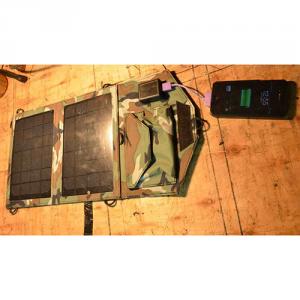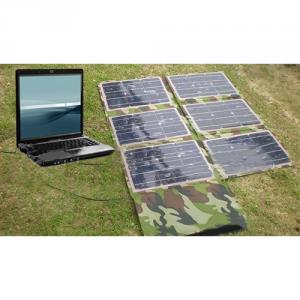Inverter For Solar
Inverter For Solar Related Searches
Inverter For Solar Battery Inverter For Solar Power Plant Inverter For Home Solar Solar Inverter For Home Solar Inverter For Battery Inverter For Solar Farm Home Power Inverter For Solar Best Inverter For Solar Solar Power Inverter For Home Solar Battery For Inverter Power Inverter For Solar Panel Solar Charger For Inverter Type Of Inverter For Solar Solar Energy Inverter For Home Solar System Inverter For Home Inverter In Solar Solar Power Inverter For House Inverter With Solar Input Best Inverter For Solar System Inverter For Home Solar System Inverter With Battery Solar Solar Panel Inverter For Home Types Of Inverter For Solar Solar Power To Inverter Inverter With Solar System Convert Inverter To Solar Solar Inverter For Sale Inverter In Solar Energy Inverter With Solar Panels Best Inverter For Solar PanelsInverter For Solar Supplier & Manufacturer from China
Inverters for solar systems are essential components that convert the direct current (DC) generated by solar panels into alternating current (AC), which can be used by homes and businesses. These devices play a crucial role in ensuring that solar energy is efficiently harnessed and utilized, making them an integral part of any solar power setup.In various applications and usage scenarios, inverters for solar systems are indispensable. They are widely used in residential, commercial, and industrial settings, where solar panels are installed to generate clean and renewable energy. By converting the DC power produced by solar panels into AC power, these inverters enable the seamless integration of solar energy into the existing electrical grid or for direct use by electrical appliances, thus reducing reliance on non-renewable energy sources and promoting sustainability.
Okorder.com is a leading wholesale supplier of inverters for solar systems, boasting a large inventory that caters to diverse customer needs. With a commitment to quality and customer satisfaction, Okorder.com offers a comprehensive range of solar inverters, ensuring that clients can find the perfect fit for their specific solar power requirements.
Hot Products























